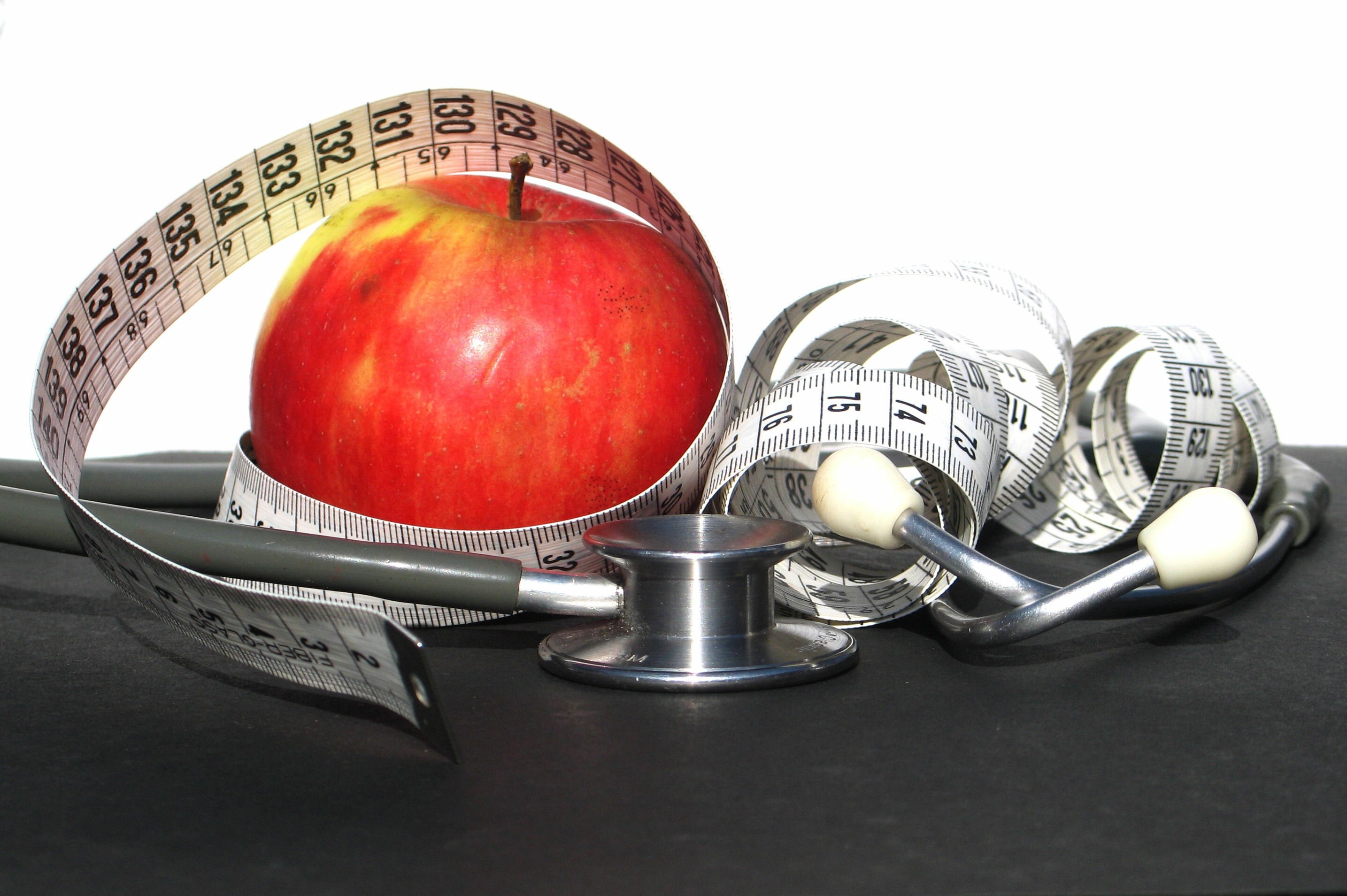Iodine, potassium iodide, iodide. These iodine forms are commonly used today by people who support the use of natural remedies, but many of the younger generation are unfamiliar with iodine’s effectiveness.
Up until the late 1960′s, iodine was part of every home medicine cabinet, commonly used on cuts, scrapes and sores to avoid infection….for all ages. Hospitals swabbed areas prior to making a surgical incision for the protective action of iodine’s germicidal properties. Doctor’s often recommended ingesting iodine. In recent decades, conventional medical doctors and the public were re-educated to believe that iodine is a product of the past with no value today. That perspective would benefit from a closer look for anyone wanting minimum use of antibiotics and other drugs or those seeking stronger immune function.
Iodine supplementation has been successfully used in the treatment of:
- fibrocystic breast lumps
- ovarian cysts
- hypothyroidism
- improved fertility
- suppression of tumor growth
- an effective germicide to inhibit bacteria, viruses and fungi
- a potent water purifier
- improved IQ levels: low iodine levels are associated with attention deficit disorder
- protect the body from radiation
- the herpes virus
- flatten scars
- remove toxins, including metals
- hemorrhoid relief
- sebaceous cysts
- swollen glands
- bladder infections
Today, a number of physicians have rediscovered the value in iodine as an effective remedy for various conditions, promoting use frequently with their patients. The success reported, as with the few samples listed above, cast questions on our current medical standard that discarded an effective and well-tested simple remedy that doesn’t come with the antibiotic overuse label. The iodine endorsement these doctors model with their clinical iodine usage is evident in their choice to overstep boundaries outlined by the medical associations.
There are three main forms of iodine, available in either pill or liquid form.
- SSKI refers to Saturated Solution Potassium Iodide. This colorless solution contains potassium iodide but no iodine, and now usually requires a physician’s prescription
- Lugol’s Solution. It was in health food stores until recently. If unavailable now, it can still be obtained via the internet. Lugol’s is a solution of iodine and potassium iodide in a perfect balance with pure water, and was developed in 1829 by a French physician named Jean Lugol.
(Lugol’s iodine is red and will stain clothing from excess or spills. Staining is easily removed with the addition of Oxy-clean to the laundry or application of vitamin C powder. If you inadvertently splash it on a wall, a tissue strip soaked in bleach and briefly left on the stain will remove it.)
- Providone-iodine (Betadine) is a solution of poly-vinylpyrrolidone and this iodine is used only as a topical antibacterial agent
The most common reaction encountered when mentioning the use of iodine is a fear of over-dosing, as it is commonly known that iodine intake influences thyroid function. With current thyroid impaired function at an all-time high, this reaction can only point to bad publicity connected with iodine. It does not make it true, nor mean that the drugs are safer. The iodine over-dosing fear is addressed below according to Dr. Guy Abraham’s comments. Those who use iodine in moderation as recommended, in an intelligent manner as our grandparents obviously did with common iodine use, will have no problems according to research and the current doctors recommending it.
Let’s compare North American consumption of iodine to that of Japan, and decide how much danger there really is of over-dosing.
Doctor Guy Abraham has stated that in Japan, where the incidence of breast cancer and infant death is very low, people consume about 13.8 milligrams of iodine per day.
In the United States, the government’s Recommended Daily Allowance (RDA) for iodine is 150 micrograms per day. Note that there are 1,000 micrograms in one milligram. If the Japanese average daily intake of iodine is converted to micrograms, the amount they consume daily would be 13,800 micrograms. Compare the tiny amount of 150 micrograms recommended for daily consumption in North America versus the 13,800 micrograms that the Japanese consume (in seaweed) each day, and reflect on why any government would say there is a danger in consuming over 150 micrograms. In addition, this Japanese iodine consumption figure stems from data on the years prior to the Fukushima nuclear reactor meltdown in 2011. At that point, supplemental iodine was handed out for radiation protection.
This comparison between Japanese and American intake of iodine is not to suggest consumption of high doses of a supplemental iodine product. There is a vast difference between consuming food values versus supplement forms. The recommended amount of an iodine supplement will vary according to a condition to be addressed versus a maintenance usage. Higher doses must be with the guidance of a health practitioner well-versed in iodine protocol.
Iodine may be applied topically or consumed, depending on body need. It is never consumed full strength, always being added by drops to a glass of water. Recommended amounts may be 1 to 3 drops daily in a glass of water for health maintenance or 10 drops daily in water for a particular condition for a certain time period. You can understand the need to see a health practitioner who is familiar with the various doses for various needs.
Some conventional doctor’s cite foods as a good source of iodine. Without examining seaweeds which vary in content according to species and location, some of the highest food sources usually suggested for iodine content include:
Yogurt, 1 cup 87.2 mcg (mcg = microgram)
Buttermilk, 1 cup 60 mcg
Whole milk, 1 cup 56.1 mcg
Cottage cheese, 1 cup 54 mcg
1 Egg 27 mcg
Filberts, 1 cup 19.3 mcg
Strawberries, 1 cup 13 mcg
Banana 9.12 mcg
Note that it would take a lot of eating to come close to Japanese consumption of iodine from the above table of food content!
Samples of common condition iodine uses:
Fibrocystic breast lumps - spreading a few drops of Lugol’s solution over the area each evening will usually eliminate the lumps within a couple days. More frequent application may be too irritating for the skin if undiluted. For new or persistent lumps, you should see your physician for an ultrasound.
With a herpes simplex sore at the corner of your nose or mouth, you can dilute one drop of iodine with one drop of pure water and apply directly to the sore. It stings briefly, but clears the sore within a few days of applications. Iodine is said to heal wounds from the bottom up, helping to regenerate new cells. Note that it is reported to be a potent water purifier, having antibacterial, antiviral and antifungal properties. This makes it helpful for toenail infections or fungus.
Hemorrhoid use would benefit from iodine diluted in pure oil, including olive or a pure coconut oil. Dr. Jonathan Wright reported clients use of 20 drops of SSKI mixed with one ounce of organic flaxseed oil rubbed in at bedtime to literally make them disappear almost overnight.
Use of iodine on benign swellings is not without supportive research. As one example:
Iodine Suppresses Tumor Growth [Funahashi et al.] Japanese researchers have found that iodine suppresses tumor growth in experimental animals and they have demonstrated that seaweed, that is high in iodine, induces apoptosis in human breast cancer cells (Funahashi, H., Imag, T., Tanaka, Y., et al, Suppressive Effect of Iodine on DMBA-Induced Breast Tumor Growth in the Rat, Journal of Surgical Oncology, 61:209-213, 1996.
Dr. David Brownstein, in his book, Salt Your Way To Health, has reported that “thyroid illnesses, from hypothyroidism to autoimmune (hyperthyroid) disorders, have been increasing at near epidemic rates over the last 30 years. Thyroid illness is occurring at the same time that researchers have noticed a 50% drop in iodine levels (National Health and Nutrition Examination Survey I, 1971-1974 and 2000). Dr. David Brownstein’s book, “Iodine, Why You Need, it, Why You Can’t Live Without It”, explains there is sufficient iodine in iodized salt to prevent goiter; but not enough to prevent thyroid illness or to provide for the body’s iodine need. He sees the following reasons for this drop in iodine levels:
- low bioavailability of the iodine that is added to table salt (Brownstein explains that only 10% of the iodide added to iodized salt is available for absorption).
- The stigma of salt causing high blood pressure, that has convinced many people to eat a low-salt diet, thus decreasing intake from iodized table salt
Another consider is that many have turned to sea salt use rather than iodized table salt which is viewed by some as unfavourable due to high processing temperatures and removal of minerals. Sea salt users may assume it has good iodine content. This is not true of sea salt although seaweeds do have good iron content that is variable to species, location and season of harvest.
The iodine revival is still battling the fallacy of ‘the dangers of too much iodine’, but it gains ground each time a person successfully uses it to eliminate a condition that might otherwise need antibiotic treatment. Some very interesting stories are attached to iodine’s successful use.
We might also note that there is no patent on iodine, the pharmaceutical industry makes no profit from a doctor suggesting its use. That may have nothing to do with the gathering of cobwebs on iodine use, but we could consider that possibility and do our own investigation.
As for personal experience, after 4 years of daily iodine intake combined with the more natural form of a desiccated thyroid prescription rather than the drug synthroid, a nodule that was revealed on my parathyroid gland via ultrasound testing, has shrunk to no longer be discernible and thyroid lab readings returned to normal.
On the subject of severe conditions, it is important to realize if, for example – you are facing a possibility of breast cancer or any serious disease, you cannot guess at the amount of iodine nor the frequency of topical application as an adjunct to whatever treatment you choose. When on a timeline for successful treatment, it is imperative to be with an experienced health practitioner. No one remedy will be a successful treatment for a severe condition in either conventional or alternative practice. Many body systems are impacted by the time we manifest serious disease conditions. Whether you incorporate alternative options into conventional treatment as an adjunct, or opt solely for alternative treatment, it is a complex treatment to work in a timely and effective manner when life-threatening disease is established. To think otherwise, is to pretend the condition is not a threat to your life.
Should this information perk your interest for more research on iodine use, a few websites are listed below:
http://health.groups.yahoo.com/group/iodine
http://iodine4health.com/basic/search.htm
http://www.breastcancerchoices.org/iodineindex.html



